This website uses cookies so that we can provide you with the best user experience possible. Cookie information is stored in your browser and performs functions such as recognising you when you return to our website and helping our team to understand which sections of the website you find most interesting and useful.
History
1960
A benchmark club is born
A the beginning of 1960, businessman Joan Rosselló transformed the Brindis bar, located at number 17 of the Plaza Real, into a jazz cellar. Upon a suggestion from crític Javier Coma, he named it Jamboree, a zulu word adopted by the scout movement which means “reunion of tribes”. Jamboree was born to integrate the sessions of the Jubilée Jazz Club, a pioneering entity in the promotion of the most daring jazz in Barcelona. From then until 1968, the cellar of the Plaza Real managed to position Barcelona as a stopping ground during the tours of jazz’s biggest names. The place also became renowned among intellectuals and the sailors of the VI fleet that would frequently dock in Barcelona
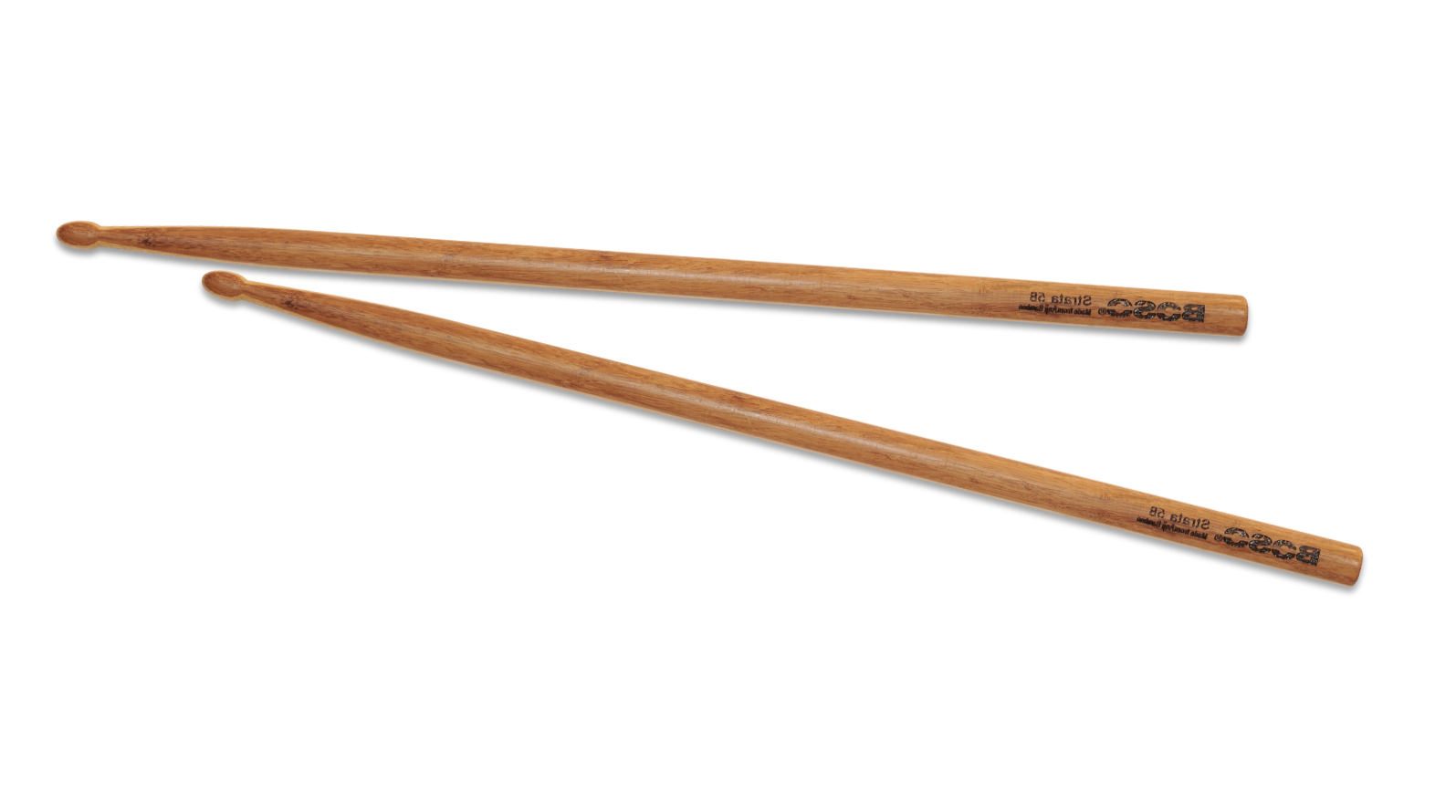
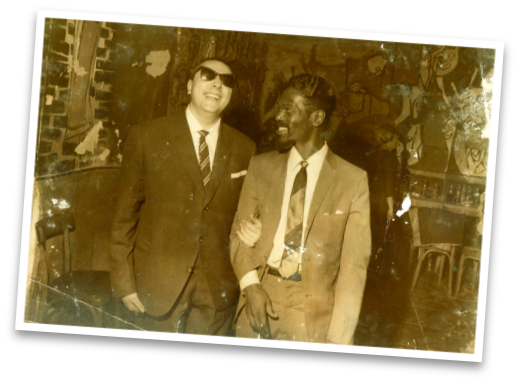

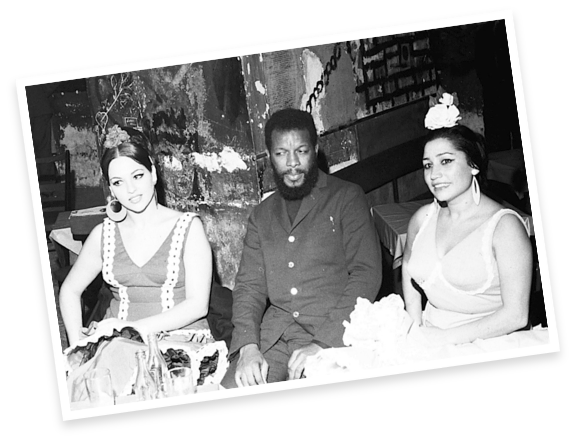
1960-1968
Baker, Grappelli, Ornette, Dexter, Benett and el Tete
Bill Coleman, Kenny Drew, Chet Baker, Ponny Poindexter, Art Farmer, Lou Bennet, Stéphane Grappelli, Kenny Clarke, Ornette Coleman, René Thomas and Dexter Gordon were just some of the names that performed on the club’s stage during those years. Also, in 1966, Ella Fitzgerald and Duke Ellington performed at the “Palau de la Música” thanks to a proposal made by the Jamboree. Besides the International stars, Catalan musicians such as Francesc Miralles, Enric Ponsa, Pere Ferré, Francesc Burrull, Salvador Font “Mantequilla” and even Tete Montoliu himself were freqüent guests, sharing the stage with foreign musicians who served as residents – such as Gloria Stewart, the singer – or those who were just stopping by the city.
1992-1993
New times, new experiences
In 1992, amidst olympic fever, a lawyer named Javier Camara bought the place that had belonged to the Jamboree and reopened it as a jazz cellar. Mas i Mas acquired ownership of the space in 1993. With a philosophy they inhereted from the Jamboree’s first era, when jazz sessions culminated in dance time, the new owners of the space mvoed forward with a proposal that accomodated two daily shows and, afterwards, a dancing session in the hands of some of the best Black music DJs in town.
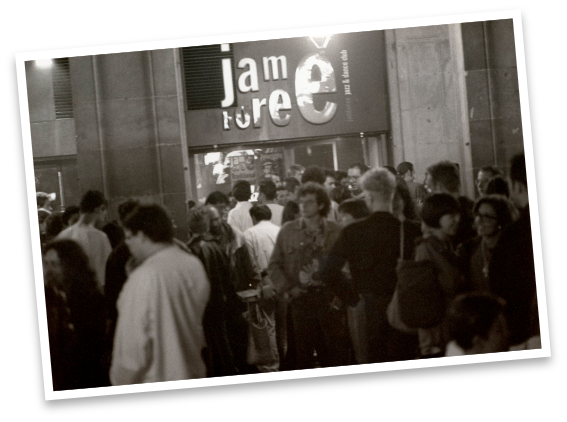
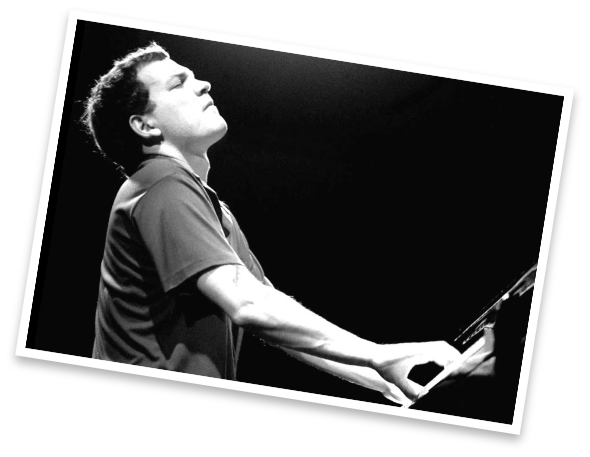
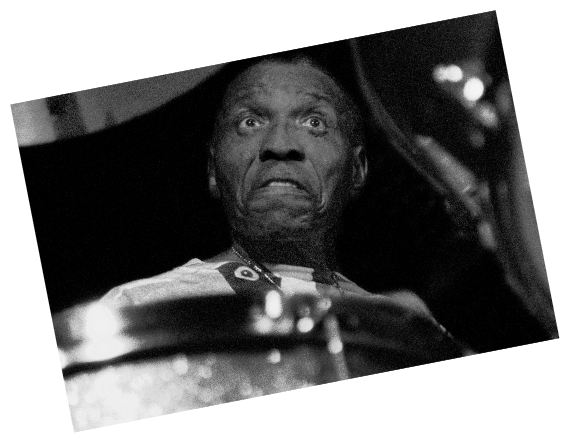
1993-2010
From Brad Mehldau to Elvin Jones
The Jamboree placed itself at the service of young artists from Barcelona that would frequently play toe to toe with up and coming musicians from the New York scene. One of those new yorkers, Brad Mehldau, recorded one of his first albums at the cellar of the Plaza Real. The Jamboree was the home of some of the historic members of our jazz – Ricardo Roda, Tete Montoliu and Frances Burrull-up and coming artists of the era– the Rossy brothers, Perico Sambeat, Carme Canela, Albert Bover and Txell Sust-, and International stars like Chris Cheek, Ethan Iverson, Seamus Blake, Avishai Cohen, Kenny Garrett, George Cables, Jesse Davis, Lonje Smith, Abdu Salim, Antonio Hart, Peter King and even, Cecil Taylor, Elvin Jones and Al Foster.
2010-2013
Golde weddings, Golde medals.
On February 2nd of 2010, The Jamboree received a Gold Medal from the Barcelona Town Hall. The award coincided with the 50th anniversary of the club and the period of time in which Pierre Bechet served as the Jamboree’s programmer. Bechet, who had substituted Judit Llimós, designed a special program to celebrate the occasion. During this time the cellar of the Plaza Real was host to names such as Jerry Bergonzi, Jimmy Cobb -with Joe DeFrancesco and Larry Carvell-, Al Foster and Jesse Davis, besides newer talents such as Noah Gordon, Christian Scott and Melissa Aldana. The time was also right for the debut of national artists such as Andrea Motis, Marco Mezquida and Celeste Alías.
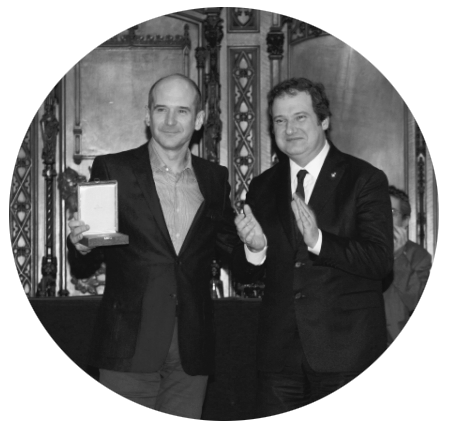
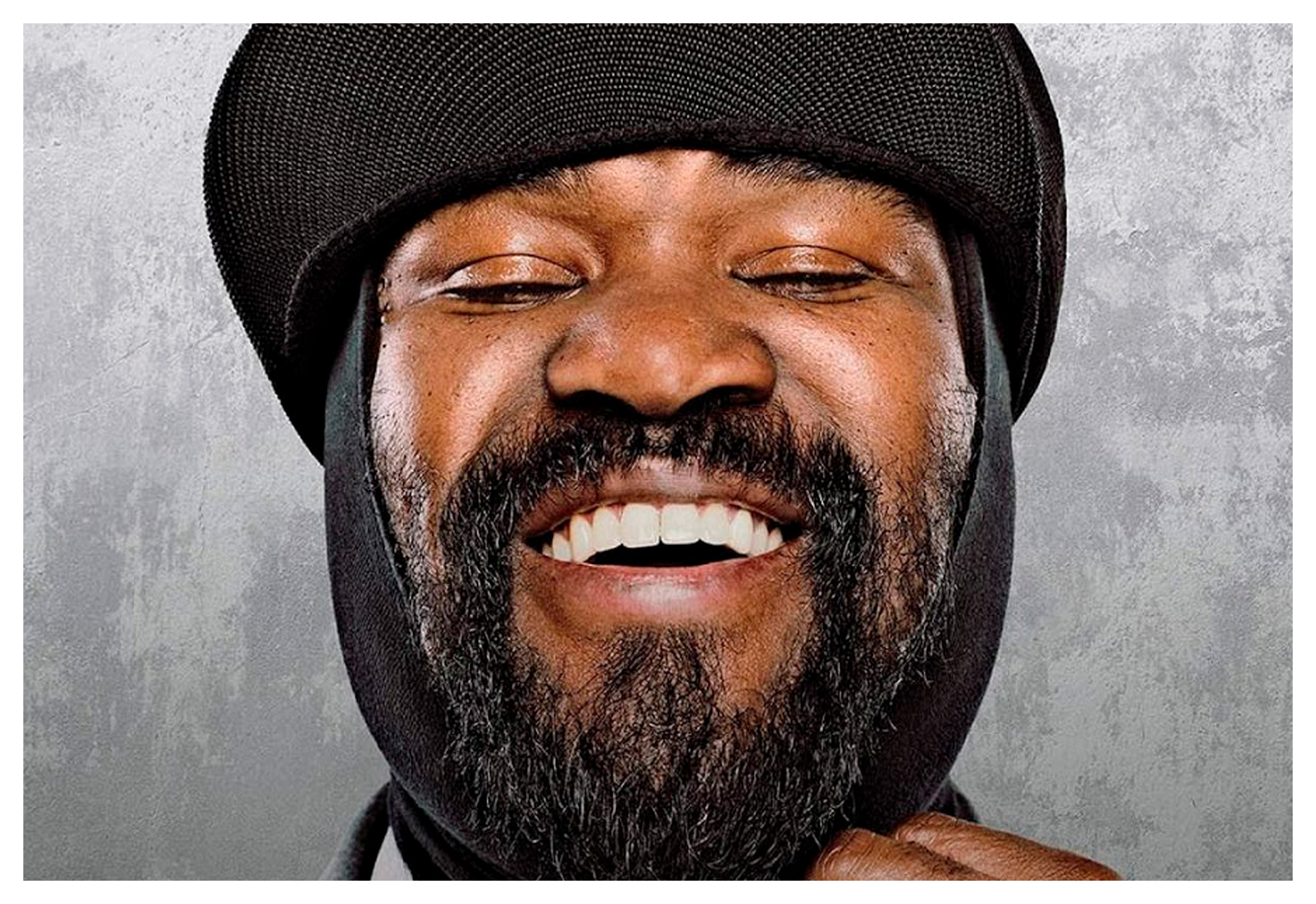
2013-2017
new times, new initiatives
In 2013 Pere Pons became in charge of programming. Thus, the Jamboree began a new era with specific cycles – of artists, instruments, genres and even movies- and two festivals: the Bolero one and the San Miguel Jamboree Jazz Club. The cellar of the Plaza Real hosted artists of other genres- Joan Manuel Serrat, Paco Ibáñez, Santiago Auseron, Martirio…-, jazz icons -Lou Donaldson, Lee Konitz, Pat Martino, Ernie Wats, Paquito D’Rivera, Enrico Rava, Gregory Porter, Hermeto Pascoal, Pedro Iturralde…-, emerging jazz talents -Lluc Casares, Andrea Motis…- and musicians from the vanguard scene of jazz – Agustín Fernández, Tim Berne, Atomic, Ken Vandermark…
WTF, more than a jam
The musical activity of the theater was nos constrained to the daily programming – 365 days a year- of two daily jazz sets, but expanded into blues, with a Sunday concert dedicated to the genre with a resident band and a jam session called WTF! (2001 to 2007) which took place on Mondays and mixed jazz performers with hip-hop, electronic music, Groove and world music. Directed by Aurelio Santos, the WTF! Hosted dozens of up and coming artists – Raynald Colom, Llibert Fortuny and Marc Ayza – and, above all, gathered hundreds of Young fans that discovered their first tastes of jazz.

2018
closer to the 60th anniversary
With its sight set on 2020, the year in which the Jamboree turns 60, 2018 commemorated the 25th anniversary of the Mas i Mas group’s involvement with the place. This was capped off by two deals: one with the Global Music Foundation that guaranteed a music workshop with International artist and one with Pizza Express, one of the most important jazz clubs in London, to create and exchange program featuring the best from both scenes. The Jamboree at the end of the second decade of the 21st century continues to be a benchmark club in the Catalan capital, an open space for Black music trends, with an array of styles that cover everything from blues to groove, including funk, soul and, obviously, jazz.


